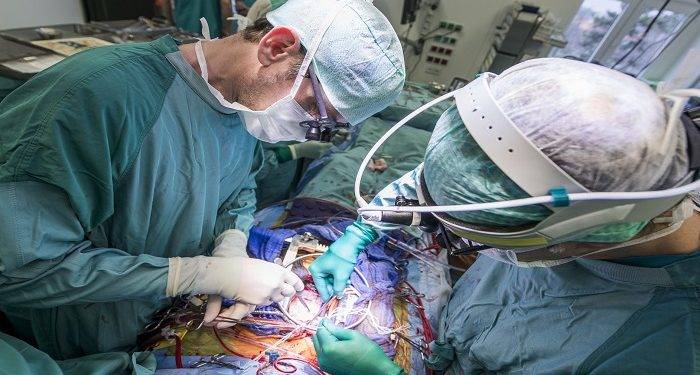If you’re looking for answers to the question, “What is AVR disease?” then you’ve come to the right place. Learn more about this potentially life-threatening condition in this article. Described below are the symptoms and risk factors of AVR surgery. Those with the disease are at increased risk of the procedure. For patients with small valve areas, the risk of AVR surgery is relatively low. However, if the disease is progressing quickly, the procedure can result in severe complications and should only be performed on the sickest patients.
Exercise testing of asymptomatic patients with severe AS can reveal latent symptoms and hemodynamic instability. Positive exercise testing can be defined differently, but usually includes failure to achieve a sustained rise in blood pressure or occurrence of symptoms. Generally, it indicates reduced exercise tolerance and a risk of symptoms developing within a year of the test. This can justify the early AVR of this disease. If you are over 80 and are wary of cardiac surgery, this procedure can be a good option.
When the valve does not close fully, it leads to a condition known as aortic regurgitation, or AVR. This condition may result in hypertension, aneurysms of the aorta, or even aortic stenosis. People with AVR disease will likely experience chest discomfort, shortness of breath with exertion, lightheadedness, or both.
The primary treatment for symptomatic aortic stenosis is aortic valve replacement. Aortic valve replacement is a highly effective therapy for AS and provides substantial improvements in symptoms and life expectancy. Although medical therapy has limited benefits, it is often necessary for patients who are awaiting surgery to ensure their hemodynamics are optimized. If symptoms are severe, it is prudent to seek emergency surgery. The risks and benefits of AVR surgery are high and will increase in severity as a patient gets older.
The risks and benefits of AVR surgery should be carefully considered before surgery. In the past, experts strongly recommended against undergoing AVR in asymptomatic patients. Early surgery, however, was considered a greater risk than benefit. Now, modern medicine has improved the ability to recognize those patients at risk. The results of the trial will help you decide what treatment is right for you. And remember, you should always consult a physician before making any decision.
Aortic valve replacement surgery remains the most common valvular surgery. In the U.S. alone, over 50,000 patients underwent surgical aortic valve replacement in 2013. Current guidelines recommend surgical aortic valve replacement in patients with severe fMR. However, in two-thirds of patients with aortic stenosis, the severity of fMR can be mild to moderate.
Aortic valve replacement surgery is an effective option for patients with AVR. Patients who experience narrowed or leaking aortic valves may require surgery of the mitral and aortic valves. The procedure involves the surgical removal of the diseased valve and replacement of a bioprosthetic or mechanical valve. This procedure replaces a diseased valve and can help patients avoid major complications. What are the benefits and risks of AVR surgery?













